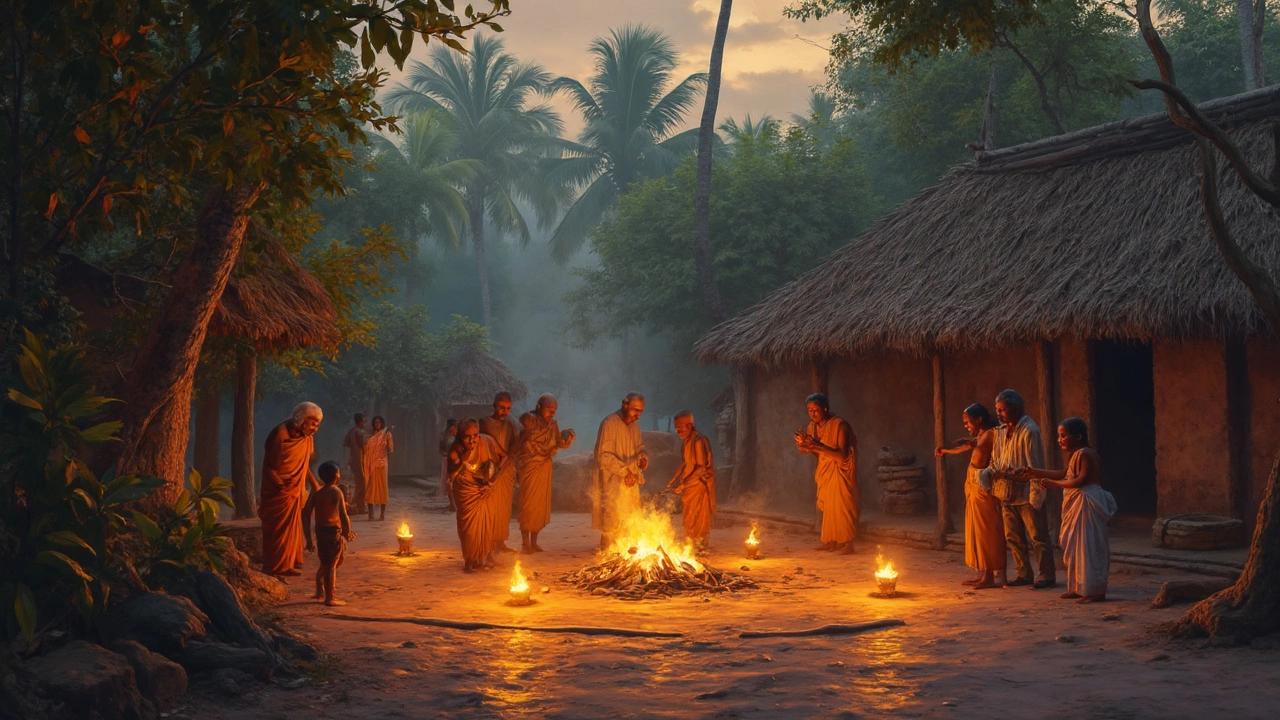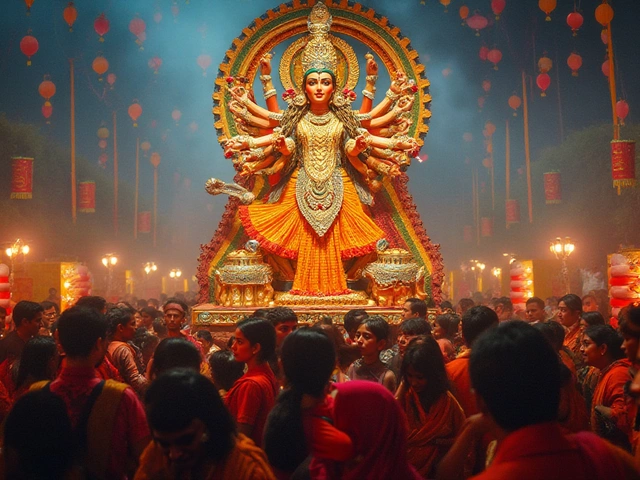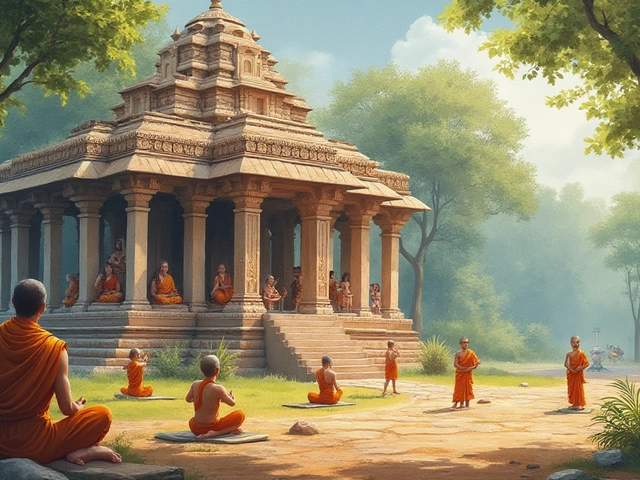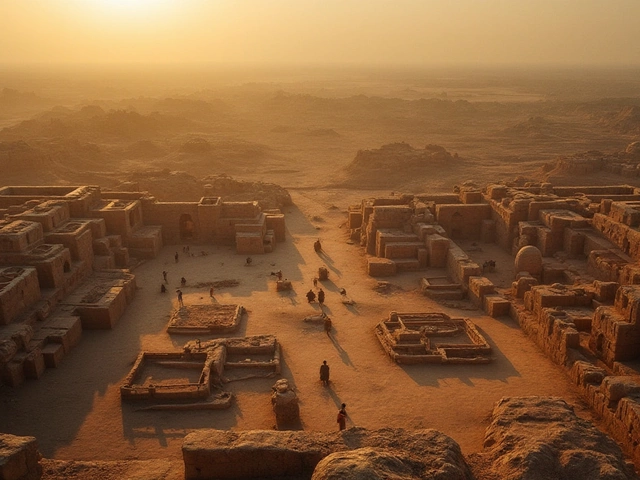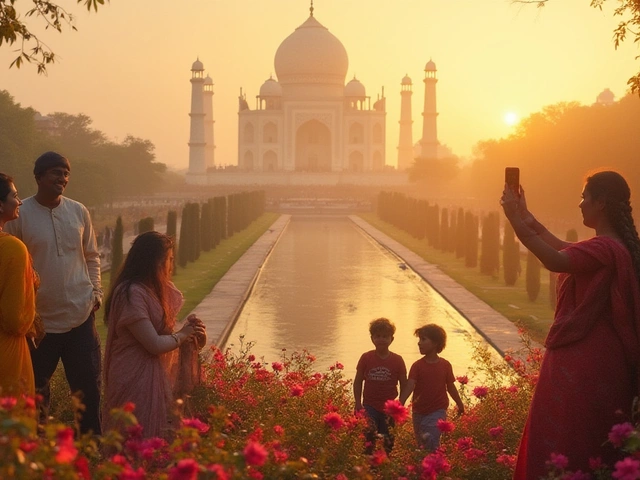Post-Death Ceremonies in India: Traditions, Rituals, and Regional Differences
When someone dies in India, the rituals that follow aren’t just about saying goodbye—they’re a deeply rooted part of how life, death, and the soul are understood. Post-death ceremonies, the rituals performed after a person’s passing to honor the deceased and guide their soul. These ceremonies vary widely across religions, regions, and communities, but they all share one purpose: to ensure the departed move peacefully to the next stage. In Hinduism, the body is typically cremated within 24 hours, and the ashes are scattered in a sacred river like the Ganges. This isn’t just tradition—it’s believed to help the soul break free from the cycle of rebirth. The eldest son often leads the rites, lighting the pyre and chanting mantras. For many families, this moment is as much about duty as it is about grief.
Cremation in India, the most common method of handling the dead among Hindus, Sikhs, and Jains. Antyesti, the final rite, involves washing the body, wrapping it in cloth, and placing it on a wooden pyre. In cities like Varanasi, ghats line the riverbank, where families gather to perform these rites under the watch of priests. But not all communities cremate. Muslim burial customs, followed by India’s 200 million Muslims, require the body to be washed, shrouded in white cloth, and buried facing Mecca within hours of death. No cremation, no rituals involving fire—just simplicity and speed, guided by Quranic law. Meanwhile, in Christian communities, funerals often include a church service, hymns, and a graveside blessing. Even among tribal groups, like the Gonds or Santhals, death rituals can involve drumming, dancing, and offerings to ancestors—practices passed down for centuries.
What you won’t find is a single rule. In rural Bengal, mourners wear white and avoid meat for 13 days. In Kerala, the dead are buried, not cremated—even among Hindus. In parts of Punjab, families hold a feast called chautha on the fourth day after death, feeding neighbors as a way of sharing the burden. The days after death matter just as much as the funeral. The 10th-day ceremony, the 13th-day ritual, the annual shraddha—each step is a quiet act of remembrance. These aren’t just religious obligations. They’re how families process loss, how communities hold each other up, and how culture keeps the memory of the dead alive.
There’s no one-size-fits-all approach to death in India. What stays the same is the weight of ritual, the silence between chants, the smell of incense, the sound of bells. Whether you’re in a Himalayan village or a Mumbai apartment, the way a family says goodbye tells you more about their beliefs than any book ever could. Below, you’ll find real stories and detailed guides on how these ceremonies unfold—from the first cry of mourning to the last offering of rice. Each article here is a window into a tradition that’s lived, not just learned.
